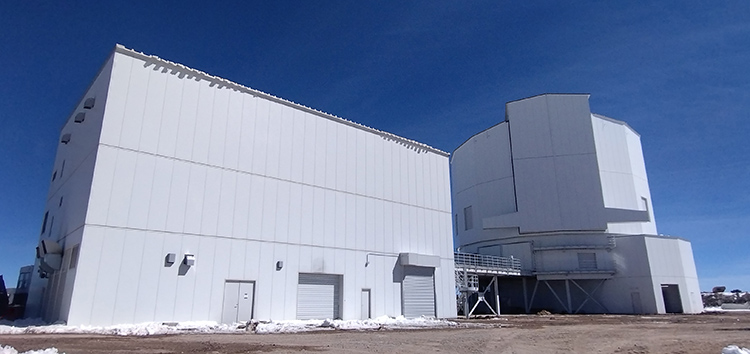Oct. 22, 2024
TAO PROJECT: The highest altitude telescope on the planet.
Have you ever imagined exploring the depths of the universe from one of the points with the highest altitude of the planet, from where the vision of the cosmos unfolds without limits? The TAO Project (the University of Tokyo Atacama Observatory) on the ground makes this vision a reality, but it also redefines the limits of modern astronomy.
After more than two decades of development, this 6.5 meter diameter telescope now stands strategically on Cerro Chajnantor, allowing astronomical observations without significant interference and providing a clear window there was the cosmos.
The result of a solid international collaboration led by Institute of Astronomy of the University of Tokyo and involving Japanese institutions such as the National Astronomical Observatory and ISAS/JAXA, as well as the Astronomy Department of the University of Chile, the TAO Project represents a success in exploration of the universe from the Andes.
This on-ground project demonstrates Japanese technological excellence, while also integrating the knowledge and experience of diverse scientific cultures.
Mayekawa Group: Industrial Refrigeration at the Vanguard
One of the most significant challenges in the construction of the TAO telescope was controlling the temperature of the primary mirror. To ensure accurate observations and minimize thermal distortions, the N2K Chiller, developed by Mayekawa, was installed.
This advanced ground-based refrigeration system maintains the thermal stability of the space, which also optimizes performance, allowing high-precision astronomical investigations. With industrial refrigeration solutions such as the N2K Chiller, the TAO Project guarantees ideal conditions for your operations.
Scientific Objectives
The telescope consists of two scientific instruments designed to explore the universe infrared: SWIMS and MIMIZUKU. SWIMS focuses on photographing galaxies, investigating their formation while MIMIZUKU is dedicated to the study of primordial disks around stars where planets are born.
Both instruments have the potential to revolutionize our understanding of the cosmos, offering unique insights into invisible regions of space.
Impact and Potentialities
The TAO Project on the ground represents a technological and scientific advance, as well as an example of international cooperation and excellence in astronomical research. Its strategic location on the Cerro Chainantor in Chile, combined with an advanced cooling system for the primary mirror, stands out as a significant achievement in the search for high-precision astronomical observations, free from thermal distortions that could compromise the quality of the collected data .
As Mayekawa Group We are proud to contribute to this innovative project and excited about future revelations that will bring humanity.

Photograph courtesy of the University of Tokyo Atacama Observatory (TAO) Project

